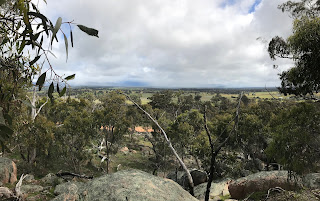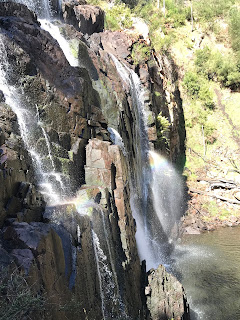History
Melbourne street trees began to be planted at early as 1840, just five years after John Batman and JP Fawkner charged up Bass Strait from Van Dieman's Land to begin the largest and quickest land grab of Kulin Nation lands in Australian history.Tree were chosen for aesthetic reasons but completed the colonising effect of permanently changing Melbourne's environment. Elm and Plane trees steer the course of the Hoddle grid, our CBD and the boulevards that radiate out into the suburbs.
In 1931 the trees along St Kilda Road included 72 plane, 530 elms, 256 poplars and about 40 flowering gums.
My 'kitz'...
is Berliner slang for my local neighbourhood, the boundaries within which my intimate and professional life circle.The trees of my
I live in an apartment, I walk and ride everywhere. I use the broad streets of North Melbourne in my daily transit. These streets are lined with the trees, brought from Britain to modify this colony. The plane tree and the elm trees I pass each day give me great pleasure, shelter and oxygen. Our conversations, the moments I stop, touch and spend time with each sentient tree is important. It starts with,
What grew here before you?
What change have you seen?
This body of work captures these many conversations, embodied in clay.


































































